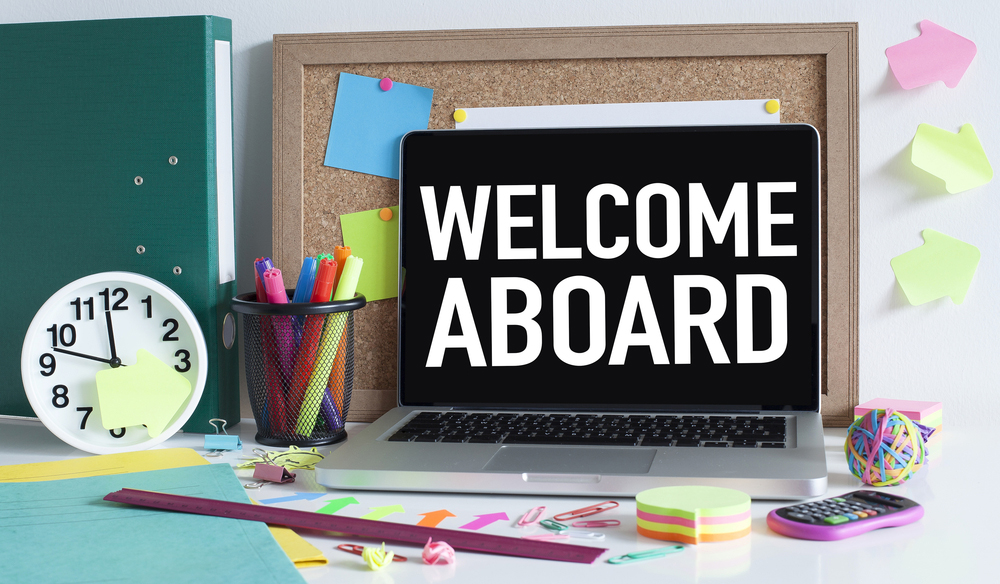As the workplace becomes filled with digitally native workers, i.e. Millennials and Gen Z, companies and organizations would have the best success in retaining this talent pool by offering the technology they desire. Yet, over a third of respondents—in a recent Accountemps survey—say they were met with some sort of technology snafu on their first day of the job.
While nearly all professionals surveyed (95%) said their company has an onboarding process, and 79% rated it as effective, 59% of employees have experienced a mishap when starting a position. Respondents were asked, “Which of the following, if any, have you experienced when starting a new job?” Their responses:*
- Technology (e.g. computer, phone, security access) wasn’t properly set up (39%)
- Necessary supplies were not provided (24%)
- Didn’t get introduced to coworkers (21%)
- Didn’t receive an overview of the company and policies (20%)
- Didn’t receive a tour of the office (17%)
- I haven’t experienced mishaps when starting a new job (41%)
*Multiple responses were permitted.
Successful Onboarding
First impressions are lasting, and if your company’s first impression is anything but amazing, you risk losing your best employees to your competition. If you want to create a memorable onboarding process keep these tips in mind.
Determine specific goals. Determine specific business goals when designing your onboarding programs, such as increasing employee retention rates or productivity rates, and be sure to include specific goals for the employees being onboarded, as well, so you can clearly communicate them to all new hires.
Consider company culture. When developing an effective onboarding program, consider your company culture, too. For example, if your company is driven via collaboration, include collaborative elements in your onboarding programs.
Stellar “welcome kits.” When onboarding new employees, employers should put together comprehensive welcome kits, with personalized messages and branded swag, as well as a list of answers to frequently asked questions, etc.
Personalize everything. Personalize all your communications with new hires, as well as their documents and paperwork. Identify onboarding activities that they will find fun and engaging on a personal level. Take the time to understand what makes them engaged at work and excited about learning.
Implement on-the-job training. Don’t simply provide new hires with handbooks and guidelines and expect them to excel at your organization, but rather offer them opportunities to learn while they’re at work, such as information on how to execute daily duties and handle new projects, and give them real-time performance feedback and training.
Include mentoring. As you onboard employees, pair them with a peer mentor who can help them learn more about your organization and its culture, as well as career coaches or mentors who can help them succeed professionally at your organization.
Make onboarding last at least 1 year. Overall, research shows that the most effective onboarding programs last at least 1 year, if not longer.

